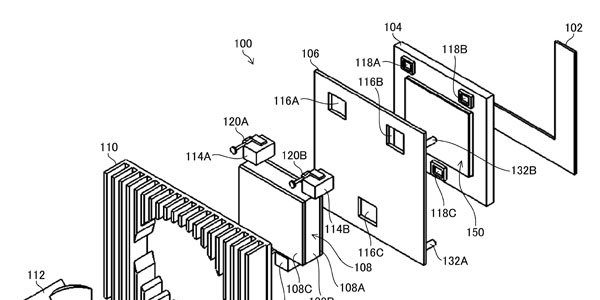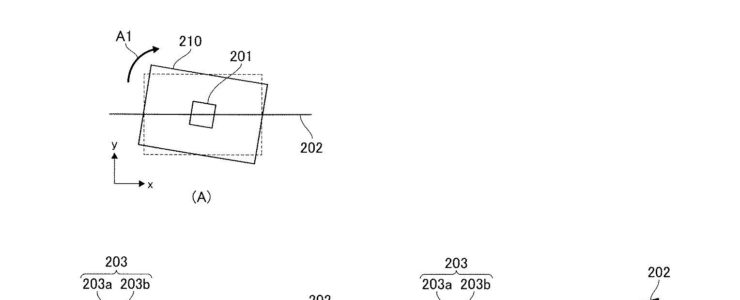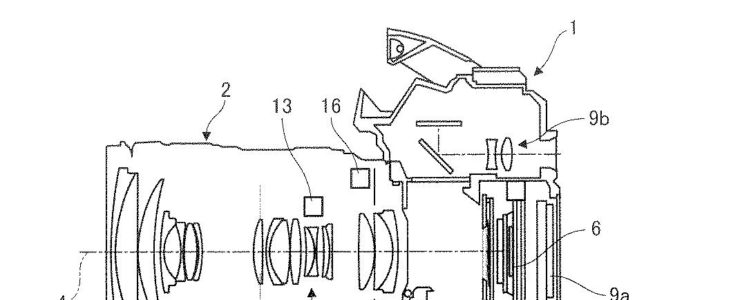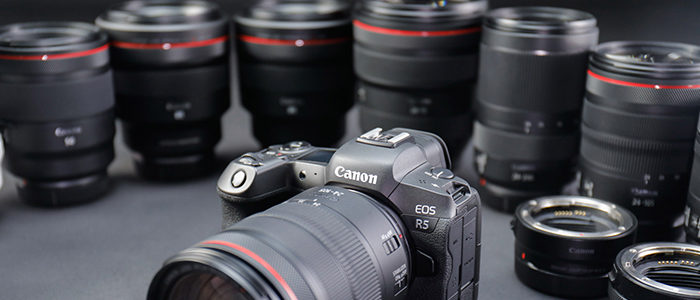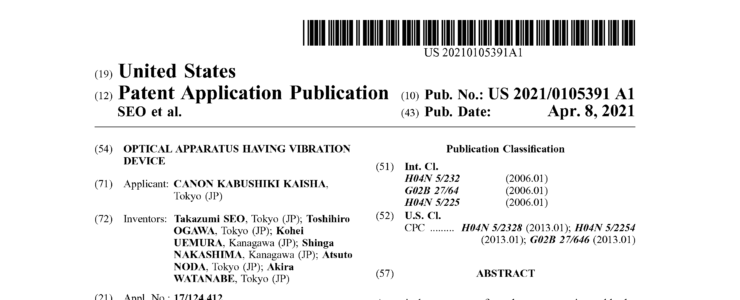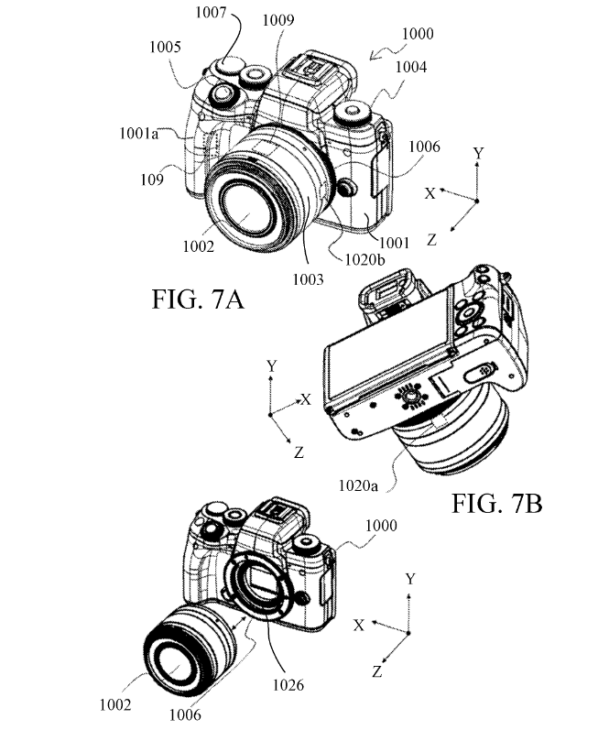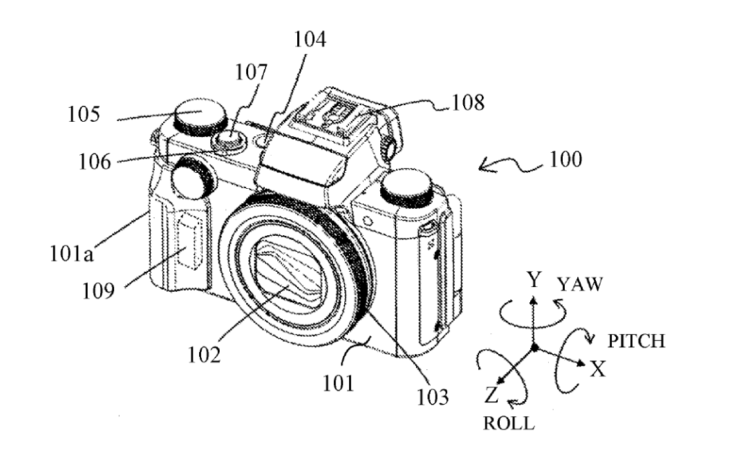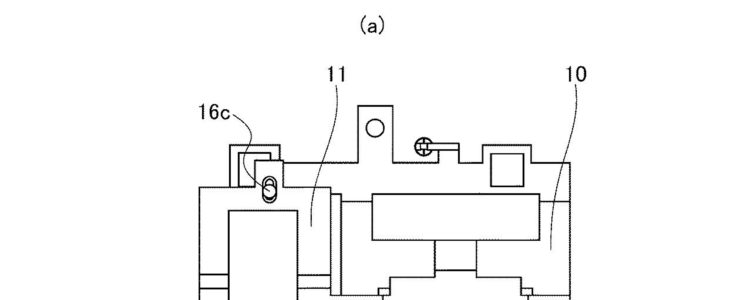Industry News: Fujifilm Files Patent For Active Sensor Cooling System For Cameras With IBIS
Interesting patent application by Fujifilm: active sensor cooling for cameras with IBIS (In Body Image Stabilisation).
Fujifilm patent application 2022-55674 (Japan) discusses methods and technology to actively cool down an imaging sensor with IBIS.
PROBLEM TO BE SOLVED: To provide an imaging device and an imaging method including an imaging unit.
Conventionally, in an image pickup apparatus provided with a camera shake correction mechanism, a technique for cooling an image pickup element has been proposed.
In recent years, an image pickup device may be used to shoot a high-quality moving image for a long time. The image pickup device is preferably used in an appropriate temperature range. Shooting high-quality moving images consumes a lot of power, and the heat generated from the image pickup device itself exceeds the appropriate temperature range. In high-quality video shooting for a long time, the image pickup device activates a protection function such as forcibly terminating the shooting when the temperature exceeds an appropriate temperature range for the protection of the device itself and the safety of the photographer. Therefore, it may not be possible to secure a sufficient shooting time when shooting a high-quality moving image. Further, in the case of repeated shooting, if there is no time interval in which the temperature of the image pickup device, which has risen during the previous use, falls to an appropriate range, it is not possible to secure a sufficient shooting time. Further, in an image pickup device with a camera shake correction function, since the heat-generating image pickup element is always floating at the time of shooting, it is structurally difficult to dissipate the heat generated from the image pickup element.
The image pickup unit 100 includes three heat pipes 180A to 180C. The heat pipes 180A to 180C are heat transporters that transport heat. The ends of the heat pipes 180A to 180C are installed on the sheet metal 108C of the cooling device 108. Further, the other end of the heat pipes 180A to 180C is installed in the heat sink 110. As a result, the heat generated by the cooling device 108 is transported by the heat pipes 180A to 180C, and can be cooled by the forced cooling mechanism 46 at the transportation destination.
As described above, the heat generated from the cooling device 108 can be transported by using the heat pipes 180A to 180C, and the cooling can be performed by the forced cooling mechanism 46 at the transportation destination. As a result, it is not always necessary to equip the sheet metal 108C of the cooling device 108 with the forced cooling device, and the space inside the image pickup device main body 2 of the image pickup device 10 can be effectively used.
The Fujifilm patent application was spotted by Asobinet. Canon patents are listed here.

